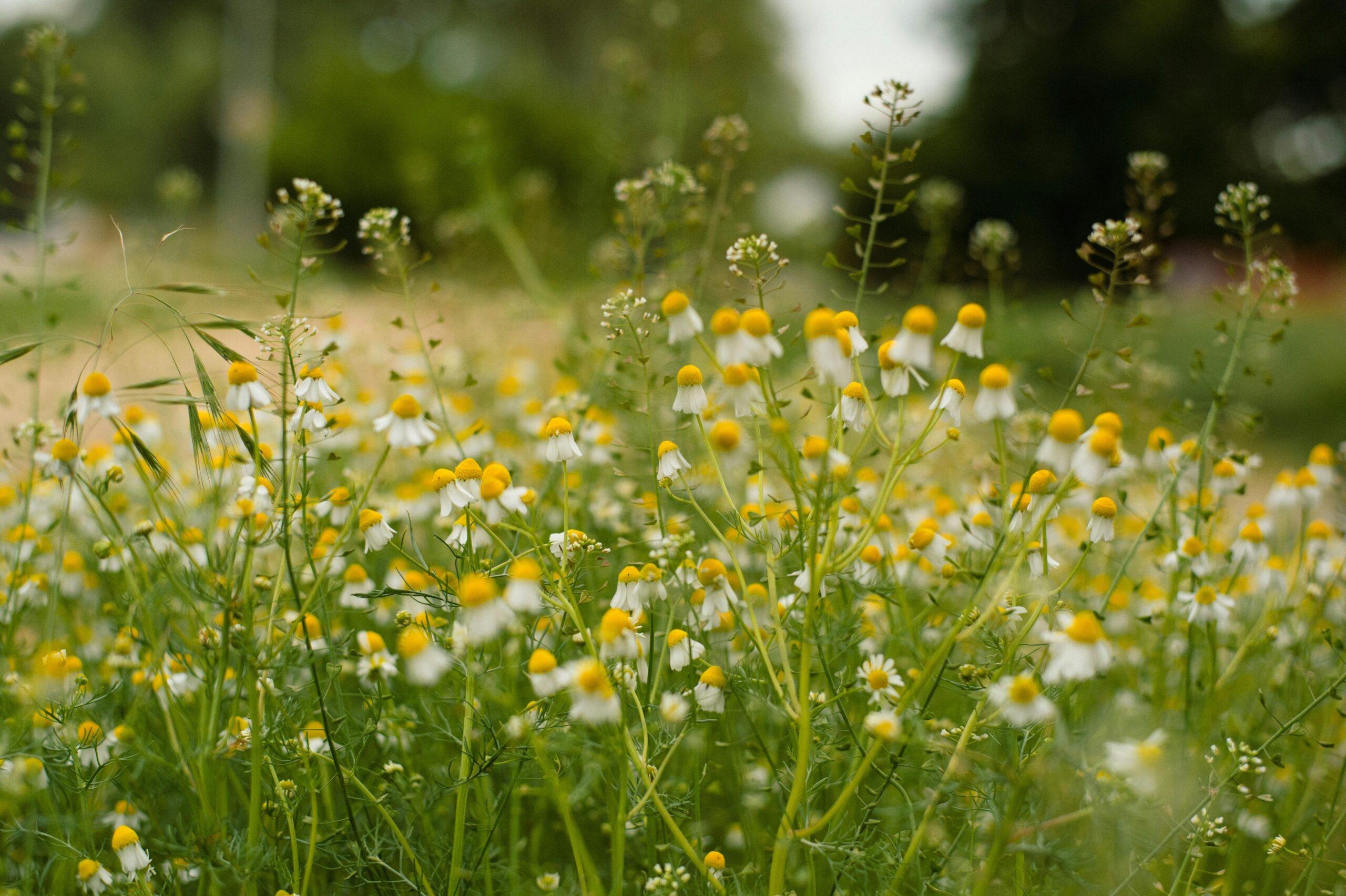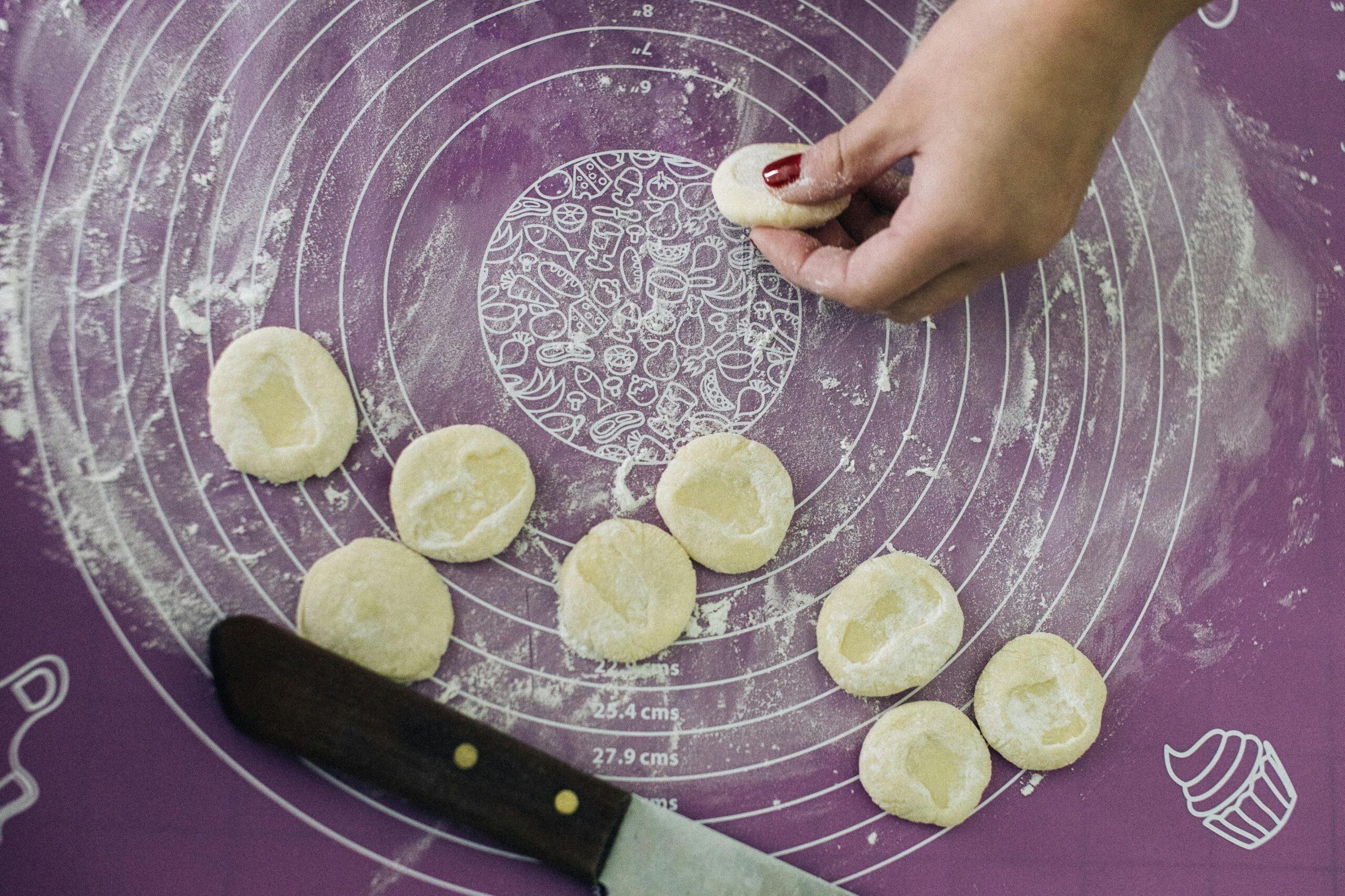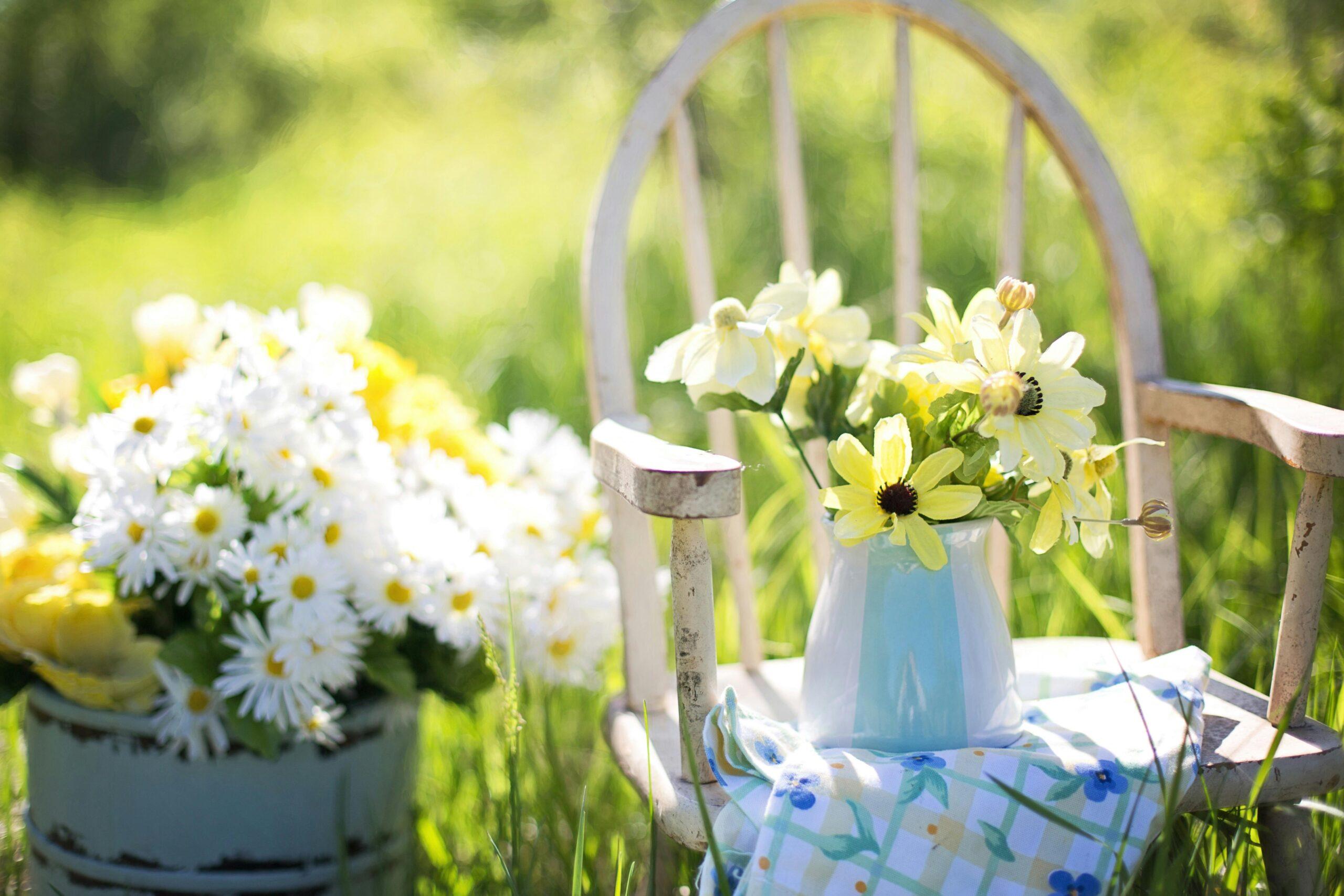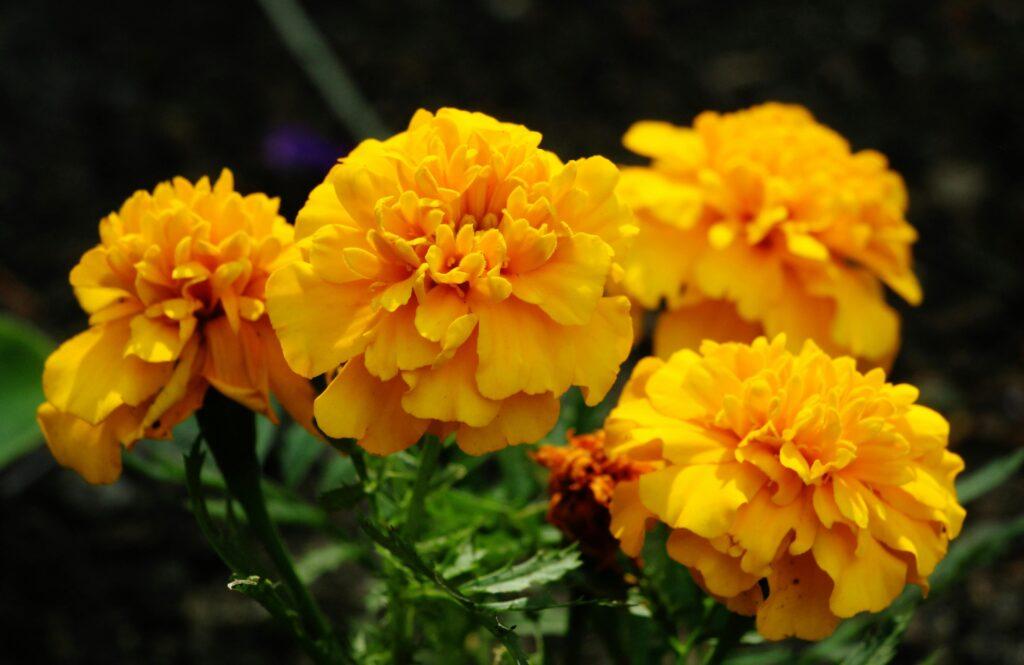“Who knew a bouquet could double as a skincare routine? Welcome to the organic glamour revolution.”
Table of Contents
- Introduction
- Key Takeaways
- Why Summer Flowers Matter in Skincare
- How to Incorporate Summer Flowers into Your Routine
- Top Tips for Using Flower-Based Products
- Real-Life Examples of Blooming Success
- FAQs About Summer Flowers and Skincare
- Conclusion
Key Takeaways
- Summer flowers like lavender, calendula, and chamomile are powerhouse ingredients for organic skincare.
- DIY flower-infused oils and masks can be easy to prepare at home with minimal effort.
- Choosing certified organic flower products ensures purity and maximum benefits for your skin.
Why Summer Flowers Matter in Skincare
Ever stared at that expensive serum wondering why it doesn’t deliver on its promises? Let me share a little secret: summer flowers might just outperform your priciest potions. Nature packs an incredible punch, especially during the warm months when flowers bloom in full force. But here’s the kicker—not all blooms are created equal.

Few people realize that flowers such as chamomile, known for its calming properties, or lavender, famed for its anti-inflammatory effects, have been used in beauty rituals for centuries. These aren’t just grandma-approved tricks anymore—they’re science-backed powerhouses! For instance, did you know calendula helps heal damaged skin faster than some over-the-counter creams? Yeah, I once spent $75 on a “miracle” gel only to find my DIY calendula oil worked better (and smelled amazing). So why not trust nature?
“Optimist You: *’I’ll totally make my own chamomile toner tonight!’* Grumpy Me: *’Ugh, fine—but only if coffee stays involved.'”*
How to Incorporate Summer Flowers into Your Routine
Ready to get hands-on? Here’s a step-by-step guide to adding summer florals to your regimen:
Step 1: Gather Your Ingredients
Start by collecting dried herbs from trusted sources—local farmers’ markets are goldmines. Lavender, rose petals, hibiscus, and calendula are great starting points.
Step 2: Make a Simple Floral Infusion
- Boil water and steep your chosen flowers for 30 minutes.
- Let cool, strain, and voila! Use this infusion as a face mist or mix it into clay masks.

Step 3: Try Pre-Made Products
If DIY feels daunting, brands like Herbivore Botanicals offer high-quality organic floral formulations—and no, they don’t taste like potpourri.
Top Tips for Using Flower-Based Products
Now let’s talk tips to supercharge these natural wonders:
- Patch Test First: Even organic ingredients can irritate sensitive skin, so test before fully committing.
- Store Properly: Flowers lose potency if exposed to heat or sunlight—store oils and infusions in dark glass bottles.
- Rotate Seasonally: Match your skincare to what’s blooming; summer flowers thrive now, while autumn calls for richer extracts like pumpkin seed oil.
Real-Life Examples of Blooming Success
Take Sarah, a fellow beauty enthusiast who swapped her drugstore moisturizers for a simple calendula balm last summer. Within weeks, her persistent redness disappeared (she swears she looked “filtered”). Or look at eco-beauty influencer Mia, whose Instagram game skyrocketed after she posted tutorials featuring homemade hibiscus face scrubs. She gained 10K followers simply because everyone wanted glowing skin too!

FAQs About Summer Flowers and Skincare
Are summer flowers safe for all skin types?
Most flowers are gentle, but individual reactions vary. Always patch-test new remedies.
Can I grow my own summer flowers for skincare?
Absolutely! Growing lavender or chamomile is beginner-friendly and rewarding.
I hate floral scents—are there unscented options?
Hibiscus and calendula tend to have milder aromas without overpowering sweetness.
Conclusion
Summer flowers aren’t just for bouquets—they’re here to transform your skincare game naturally. Whether you craft your own elixirs or invest in organic products, embracing botanical beauty pays off big time. As we wrap up this flowery journey, remember: “Like a Tamagotchi, your skin craves daily care.” Stay blooming fabulous!


